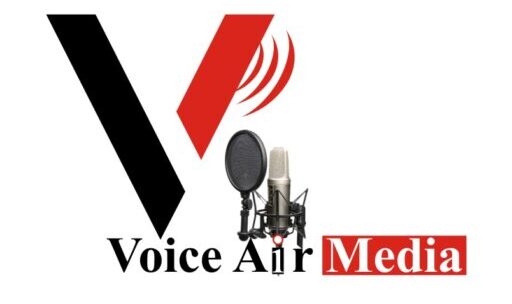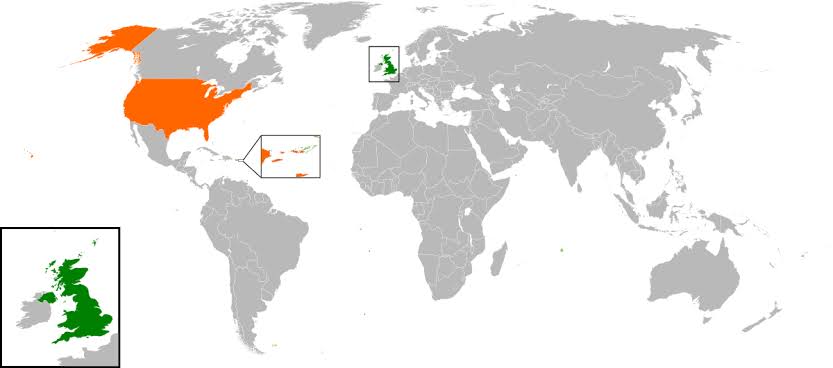There are several options for obtaining permanent residency in the United States, sometimes known as a Green Card. One of two approaches is the most popular way to obtain a Green Card:
If they have no signs or symptoms of COVID-19, family members of US citizens and lawful permanent residents can now cross the border. Traveling with someone who is unwell is not a good idea.
After returning to the United States from a foreign trip, stay at home for 14 days.
Family-Based Petitions
Foreigners can come to the United States if they have a family member who is a U.S. citizen or lawful permanent resident, according to the Immigration and Nationality Act.
The Requirements for Family Sponsorship
If you have relatives who are citizens or permanent residents of the United States, you may be eligible to apply for a U.S. Green Card through a family-based petition, depending on your circumstances (also known as Lawful Permanent Resident or LPR).
Family-Based Immigrant Visa Categories
Immediate Relative and Family Preference are the two types of family-based immigration visas.
Immediate Relative of Relative
These visas are granted to those who have a close familial link with a US citizen.
IR-1: Spouse of a U.S. Citizen
IR-2: Under 21-year-old child of a US citizen
IR-3: A U.S. citizen adopts an orphan from another country.
IR-4: Orphan to be adopted in the United States by a citizen of the United States
IR-5: Parent of a United States citizen over the age of 21.
Preferences in the Family
These visas are for special, longer-distance familial links with a US citizen, as well as some specific relationships with an LPR.
F1 (Family First Preference): Unmarried sons and daughters of US citizens, as well as any minor children.
Second Family Preference (F2): LPRs’ spouses, small children, and unmarried sons and daughters (aged 21 and up).
F3 (Familial Third Preference): U.S. citizens’ married sons and daughters, as well as their wives and minor children.
PREFERENCE FOR THE FOURTH FAMILY (F4):
If the U.S. citizen is at least 21 years old, his or her siblings and sisters, as well as their spouses and minor children, are eligible.
The Immediate Relative group has an infinite number of visas available, but the Family Preference group has a restricted number of visas available each year.
The Four Steps to Obtaining a US Family Visa
In order for a U.S. Lawful Permanent Resident to properly sponsor a family member, there are precise requirements that must be followed.
These are the following:
A citizen or permanent resident of the United States files a visa petition;
USCIS issues a visa determination;
Family Preference relatives wait for a visa to become available;
An immigrant applies for a visa or a Green Card.
Step 1: Submit the Petition
To begin the sponsorship procedure, the U.S. Lawful Permanent Resident family member must submit a visa petition on USCIS Form I-130 to US Citizenship and Immigration Services, along with supporting papers (USCIS).
The LRP must demonstrate that the familial link is genuine.
Step 2: The USCIS Issues a Decision
When the petition is received by USCIS, authorities will decide whether to approve or refuse the request. If the petition is denied, the petitioner may file a new petition after determining what changes must be made to improve the petition’s prospects of approval.
After approval, USCIS will forward the immigrant’s case file to the NVC for further processing.
Step 3: Give Priority to Relatives Wait for Visas to become available.
If the petitioner was in the Family Preference category, this stage is skipped. Because the number of Green Cards that may be awarded each year is limited, relatives who are not deemed “immediate” are not eligible for permanent residency immediately away.
As a result, the immigrant is placed on a waiting list and must wait at least a year to learn whether or not a visa is available.
Step 4: The immigrant submits an application for a visa or a green card.
The immigrant would next file an application for permanent residence if the petition was accepted and a visa became available. This is usually performed by filing for an immigrant visa at a US consulate outside of the US, and then applying for the Green Card while in the US.
The immigrant will be needed to fill out many papers, produce documentation, and undergo a medical examination during the next step, known as “consular processing.”
Green Cards on the Basis of Employment
Many people acquire green cards each year as a result of employment-based preferences, granting them permanent resident status in the United States.
EB-1, EB-2, EB-3, EB-4, and EB-5 are the five parts of the employment-based category. If you want to work in the United States, you could be eligible for a Green Card under one of these categories.
Green Card EB-1: Priority Workers
People who excel in the sciences, the arts, education, business, or athletics.
Professors or researchers of distinction
Managers and executives who are being transferred to the United States from other countries
Green Card EB-2:
Advanced degree holders or individuals with remarkable aptitude
People with exceptional abilities in the sciences, the arts, or business.
Professionals who have earned a master’s degree
Qualified immigrant physicians who will practice medicine in a medically underserved area of the United States.
EB-3 Green Card:
Workers that are skilled or professional.
Workers with specialized knowledge (minimum of two years of training and experience)
Professionals who have earned a bachelor’s degree (not qualifying for a higher preference category)
Unskilled employees
Special Immigrants EB-4 Green Card
Workers in the religious field
Employees and former employees of the United States government in other countries
Individuals who work as translators for the US Armed Forces
Investors in the EB-5 Green Card Program (Employment Creation)
Entrepreneurs from across the world who can invest $1 million and generate at least 10 new full-time employment. In some restricted circumstances, a $500,000 investment may be permissible provided it results in the creation of at least five new employment.
If you are an employer (or would want to be an employer) and wish to sponsor a foreign worker to become a permanent residence based on a permanent employment offer, you and the foreign worker must go through a multi-step procedure to become a sponsoring employer. CONTINUE READING…
Do you have any information you wish to share with us? Do you want us to cover your event or programme? For Adverts or report call/WhatsApp us on “`+2348072633727“`









